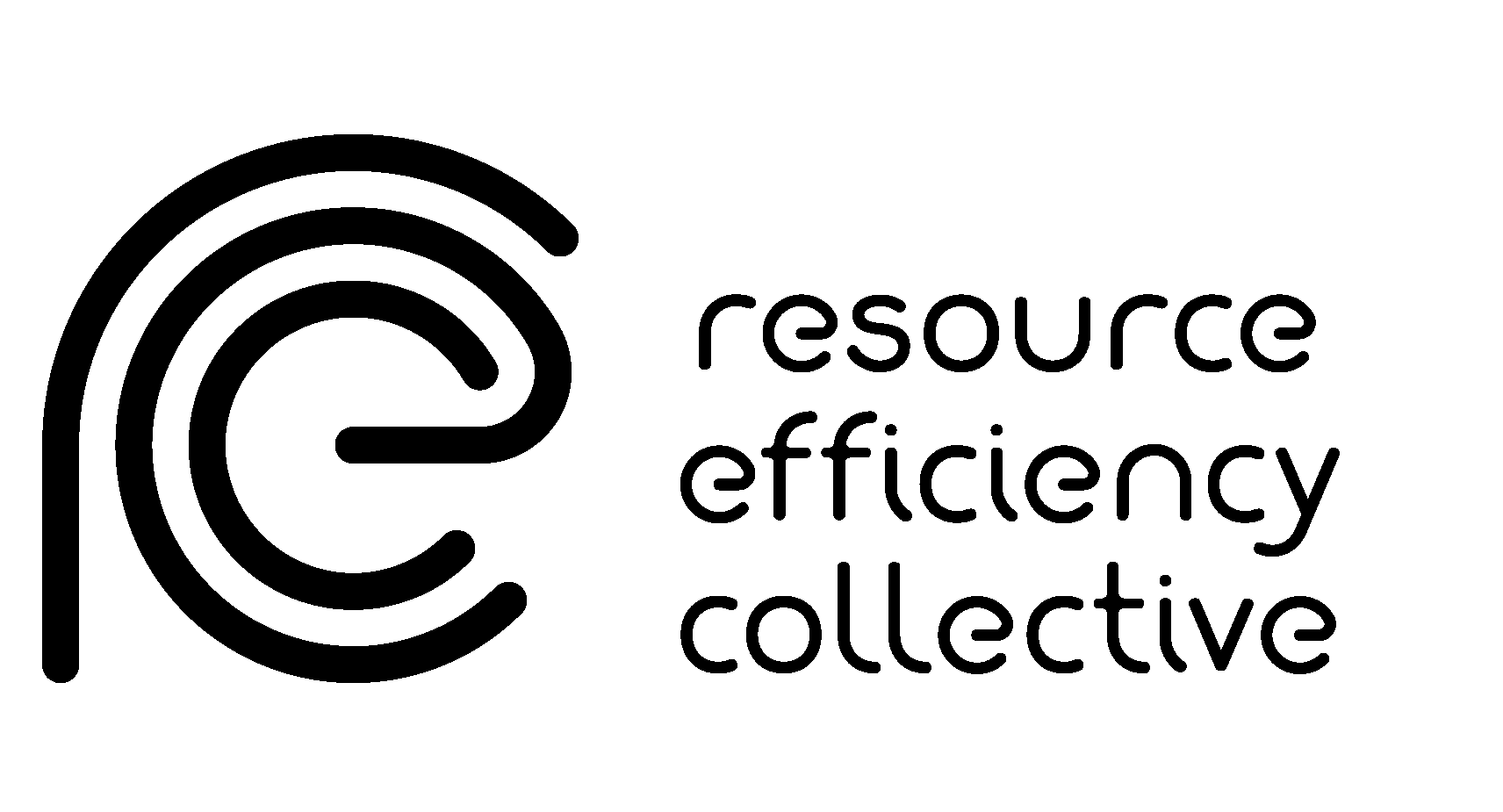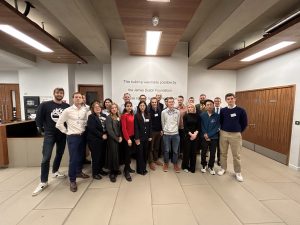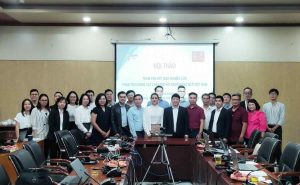Re-envisioning Innovation for Sustainability
“EcoMechatronics: Challenges for Evolution, Development and Sustainability” (edited by Peter Hehenberger, Maki Habib, David Bradley) showcases how EcoMechatronics can increase sustainability within engineering and manufacturing. It brings together material from experts in core mechatronics technologies, discussing the challenges related to moving towards more environmentally friendly methods, and presenting numerous case studies and examples of EcoMechatronics oriented applications.
The chapter “Re-envisioning Innovation for Sustainability” is co-authored by Resource Efficiency Collective’s Gabriel Carmona. The chapter explores the concept of sustainability and its associated challenges within a mechatronics context. The primary aim is to promote critical thinking and innovation within an EcoMechatronics framing, i.e., via an application of mechatronics that at its core works with nature (rather than against it). Innovative technology per se is neither a force for good nor bad. However, EcoMechatronics permits a broader approach to innovation by considering socio-environmental aspects as instrumental to improved performance, not as mere ‘add ons’.
Throughout the chapter, the authors tease out how innovation for sustainability can be so much more than merely doing ‘less bad’ (e.g. fewer emissions or less waste) when we are capable of doing ‘more good’, for example, by improving the soil or capturing and regenerating energy that would otherwise have dissipated.
While the authors do compare two potential braking systems within an EcoMechatronics framing, their goal is not to provide a tick box methodology or a one-size-fits-all answer but instead to provoke deeper questioning and reflection that enables mechatronics practitioners to sustainably innovate according to their own specific set of circumstances and challenges.
Read the chapter from Eddie Simpson, Kai Whiting, Gabriel Carmona here.
Photo credit: Alexander Grey













